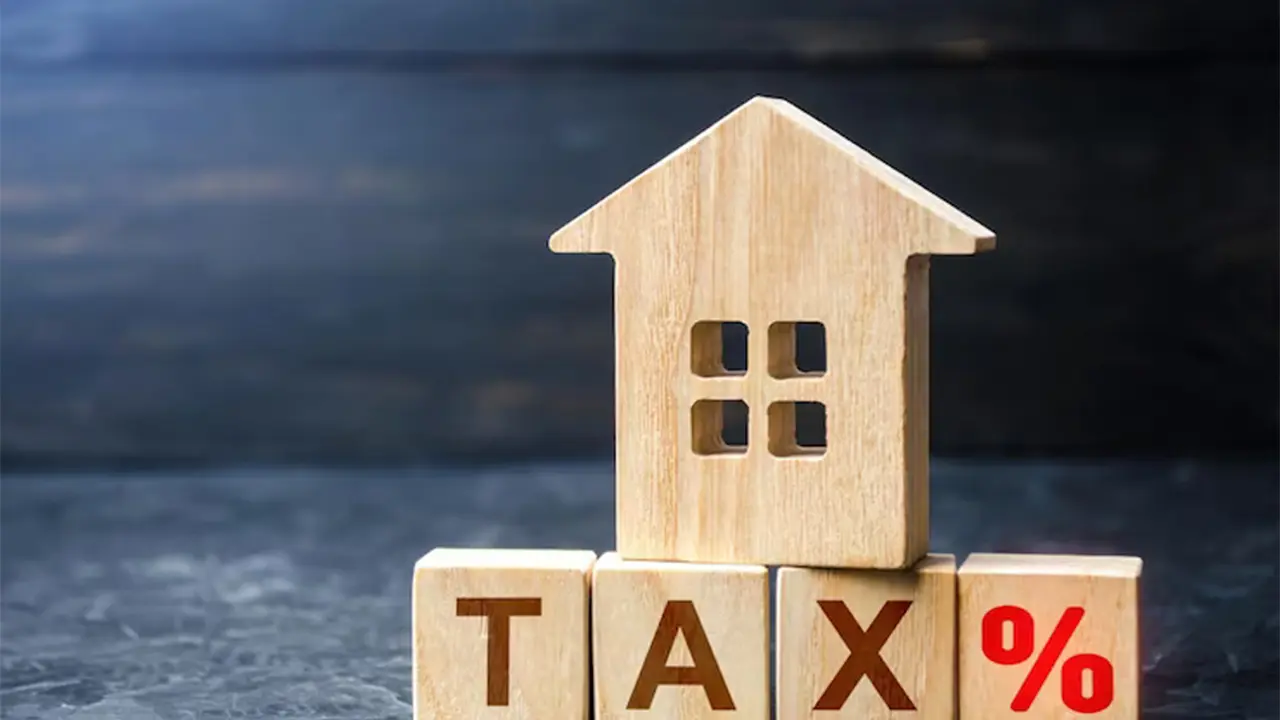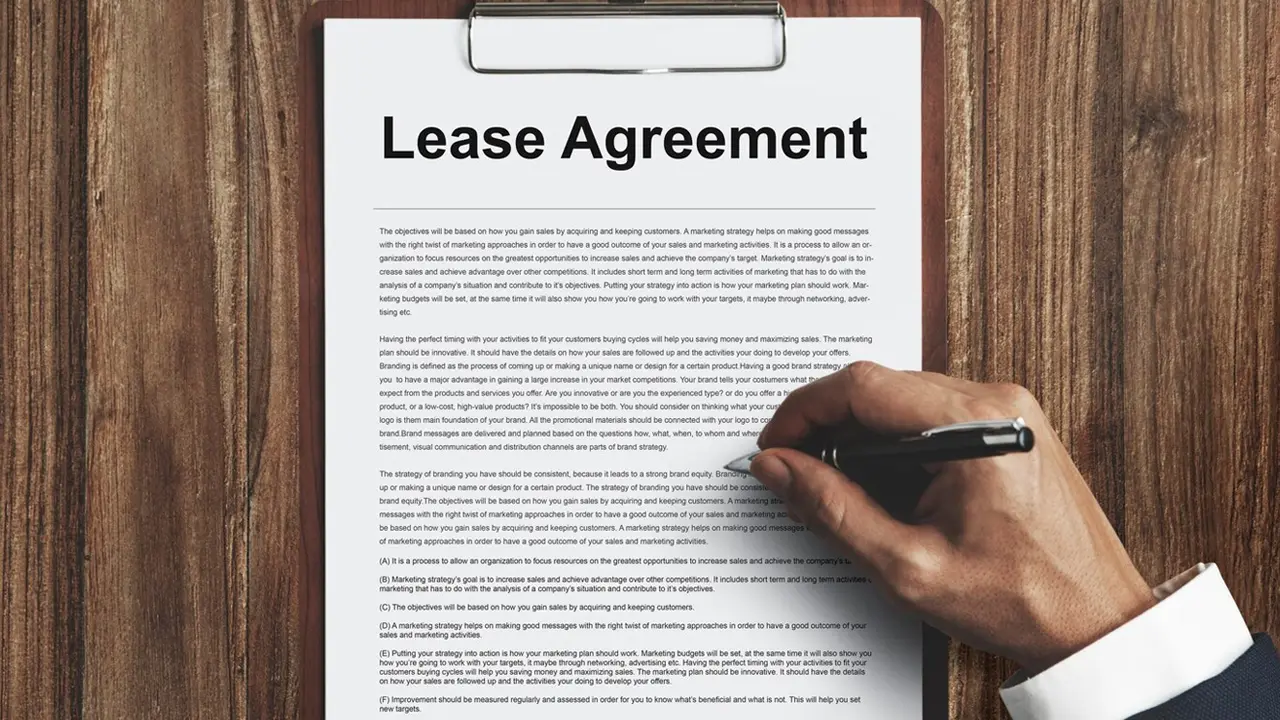In the realm of property ownership, the need for a lease extension can arise as the sands of time steadily run through the hourglass of your lease agreement. Writing a compelling and effective lease extension letter is a crucial step in initiating this process. In this guide, we’ll explore the intricacies of composing a persuasive letter tailored to the British context and the legal framework of the UK.
1. Understanding Lease Extensions in the UK
Before penning your request, familiarise yourself with the UK’s lease extension process. The Leasehold Reform, Housing, and Urban Development Act 1993 outlines the statutory rights for leaseholders to extend their lease. This legal foundation provides a framework for your request and ensures that your letter aligns with the regulations.
2. Open with a Polite Salutation
Begin your letter with a courteous salutation. Address the freeholder or managing agent by their appropriate title and include your details, such as your full name, property address, and lease details. This establishes a formal and respectful tone.
“Dear [Freeholder’s Name] or [Managing Agent’s Title],”
3. Clearly State Your Intentions
Articulate your intention to extend the lease clearly and concisely in the opening paragraph. Be transparent about your motivations, whether it’s to enhance the property’s value, secure a longer tenure, or address mortgage concerns.
“I am writing to formally request a lease extension for [Property Address], in accordance with my rights under the Leasehold Reform Act 1993.”
4. Specify the Proposed Lease Terms
Outline the terms you are seeking for the lease extension. Specify the desired length of the extension and any other pertinent details, such as ground rent and service charges. Refer to the Leasehold Reform Act to ensure your proposed terms are within the statutory guidelines.
“I propose extending the lease to [desired number of years], with ground rent to be [specified amount] and service charges in accordance with the existing agreement.”
5. Provide Supporting Information
Include relevant details that support your request. This may include recent property valuations, market trends, or details about improvements you’ve made to the property. Supporting your case with factual information strengthens your position.
“Enclosed, please find a recent property valuation and details of improvements made to the property, indicating its increasing market value.”
6. Express Willingness to Negotiate
Demonstrate a cooperative spirit by expressing your willingness to engage in negotiations. This fosters a positive and amicable tone, paving the way for a smoother dialogue with the freeholder or managing agent.
“I am open to discussing the terms further and am willing to engage in negotiations to reach an agreement that is fair to both parties.”
7. End with a Formal Closing
Conclude your letter with a formal closing, expressing appreciation for their consideration. Sign off with a polite valediction, reiterating your hope for a constructive discussion.
“Thank you for considering my request. I look forward to your response and a positive resolution to this matter. Yours sincerely, [Your Full Name]”
8. Send via Recorded Delivery
Once your letter is crafted, ensure it reaches the intended recipient securely. Sending it via recorded delivery provides proof of receipt and adds an extra layer of formality to the process.
Example of a Lease Extension Letter:
[Your Full Name]
[Your Address]
[City, Postcode]
[Email Address]
[Date]
[Freeholder’s Name or Managing Agent’s Title]
[Freeholder’s Address or Managing Agent’s Address]
[City, Postcode]
Dear [Freeholder’s Name] or [Managing Agent’s Title],
I hope this letter finds you well. My name is [Your Full Name], and I am writing to formally request a lease extension for the property located at [Your Property Address], in accordance with my rights under the Leasehold Reform Act 1993.
I have thoroughly reviewed the terms outlined in the Act and wish to propose an extension of [desired number of years] to my current lease. In line with the statutory guidelines, I propose maintaining the ground rent at [current amount] and adjusting the service charges to align with the existing agreement.
Enclosed, please find a recent property valuation conducted by [Name of Valuation Company], indicating the current market value of the property.Additionally, I have included a comprehensive list of improvements made to the property over the past [number of years], demonstrating its increasing market value.
I understand the importance of maintaining open communication throughout this process and am open to discussing the terms further. I am willing to engage in negotiations to reach an agreement that is fair and equitable for both parties.
I appreciate your consideration of this request and look forward to your response. I am hopeful that we can come to a positive resolution to this matter. If you require any additional information or documentation, please do not hesitate to contact me at [Your Phone Number] or [Your Email Address].
Thank you for your time and attention.
Yours sincerely,
[Your Full Name]
By following these guidelines and infusing your letter with a respectful and cooperative tone, you’ll enhance the effectiveness of your lease extensionrequest. Remember, open communication and a clear understanding of your rights under UK law are key elements in navigating the lease extension process successfully.



